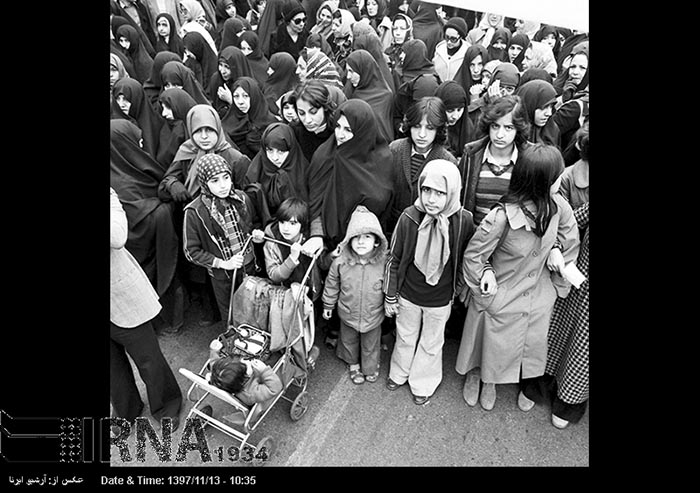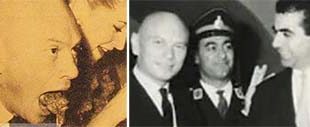[custom_adv]
Outlets for political participation were minimal, and opposition parties such as the National Front (a loose coalition of nationalists, clerics, and noncommunist left-wing parties) and the pro-Soviet Tūdeh (“Masses”) Party were marginalized or outlawed. Social and political protest was often met with censorship, surveillance, or harassment, and illegal detention and torture were common.

